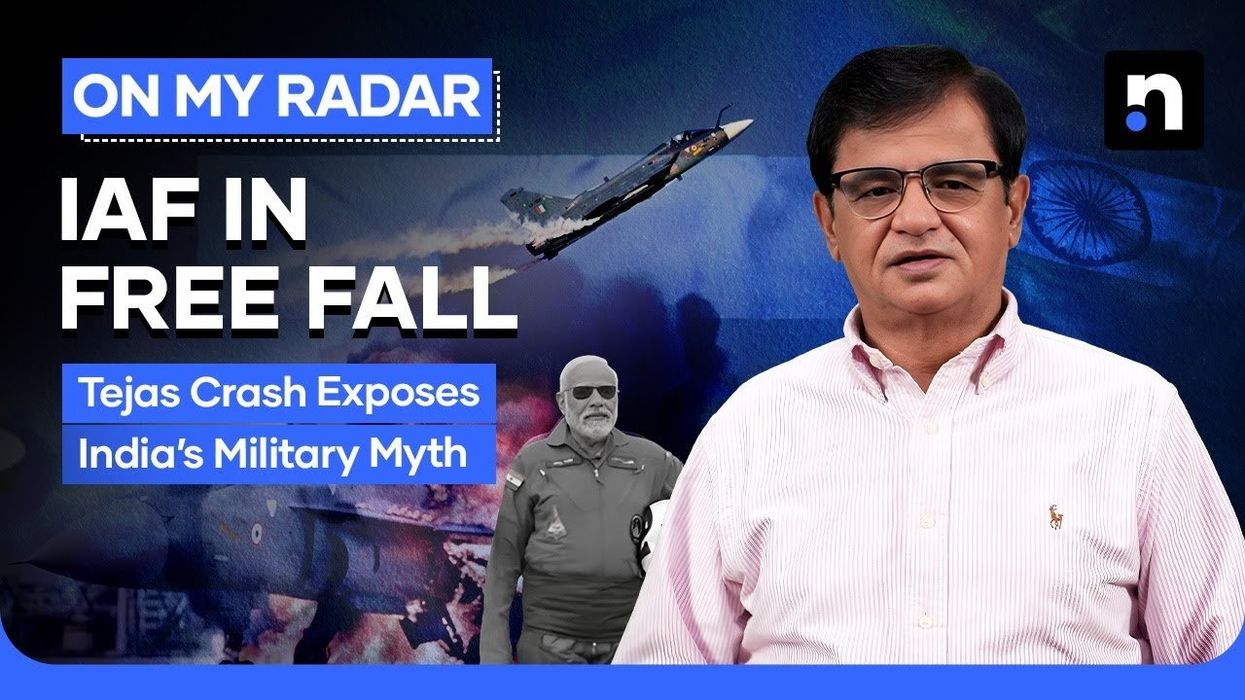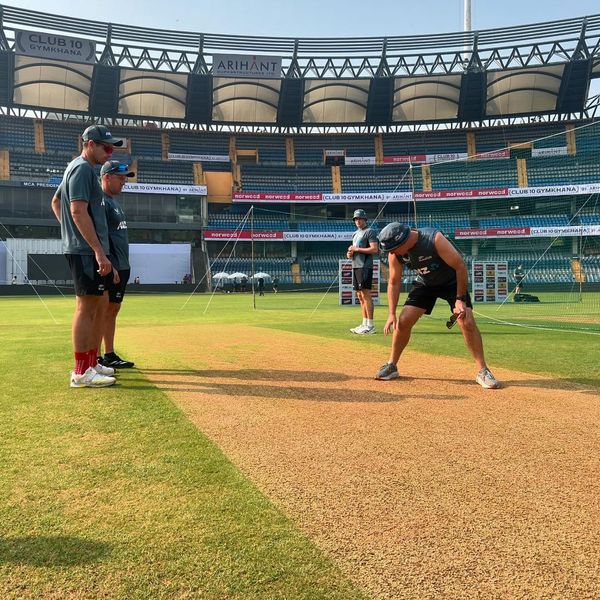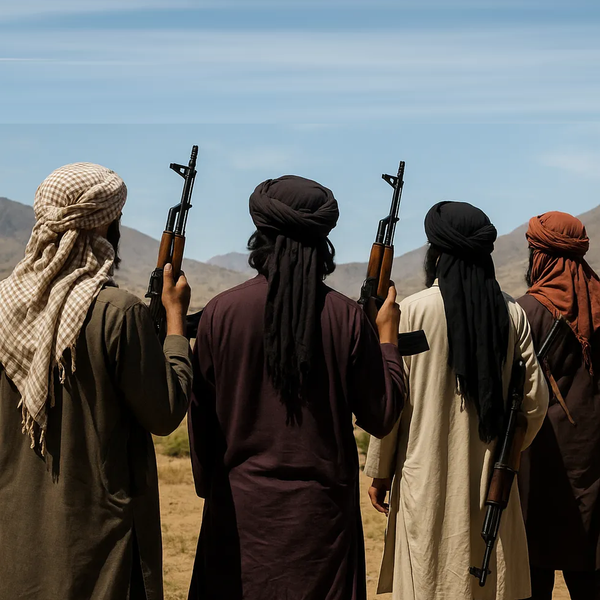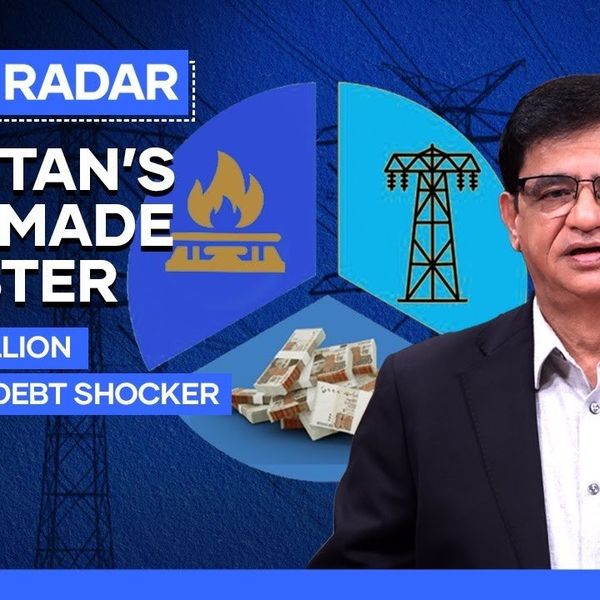Tejas crash raises questions on India’s military readiness and air force capabilities
Kamran Khan says the crash reflects broader challenges facing the Indian military
News Desk
The News Desk provides timely and factual coverage of national and international events, with an emphasis on accuracy and clarity.
The Indian Air Force suffered a major embarrassment at the Dubai Air Show on Friday when one of its Tejas fighter jets crashed during an aerial demonstration, killing the pilot.
The incident, widely shared on social media, has intensified scrutiny of India’s military preparedness and raised questions about the operational reliability of its domestically produced aircraft.
In the latest episode of On My Radar, Kamran Khan said the crash reflected broader challenges facing the Indian military. “The incident at the Dubai Air Show is not just an isolated mishap,” he noted. “It underscores long-standing concerns about the Indian Air Force’s operational readiness, training protocols, and the effectiveness of its domestic fighter jet programs.”
Videos from the event showed the Tejas jet descending rapidly during a stunt, hitting the runway, and erupting into a large plume of smoke that engulfed the nearby spectator area.
Attendees were reportedly forced to evacuate in panic and organizers halted the air show following the accident. The Tejas is a single-engine, multirole light combat aircraft designed by the Aeronautical Development Agency and produced by Hindustan Aeronautics Limited (HAL).
Reports indicated that India had deployed some of its best pilots and aircraft to the show, making the crash a particularly high-profile setback.
This is not the first time the Tejas has faced international scrutiny. Just days before the Dubai Air Show, videos showing an oil leak from the same aircraft circulated online, prompting global debate about safety standards and eliciting widespread attention on social media.
The incident comes in the wake of international reports highlighting India’s military setbacks earlier this year. A report submitted to the U.S. Congress by the US‑China Economic and Security Review Commission noted Pakistan’s successful strikes on multiple Indian military targets during May, including air bases and fighter aircraft. President Donald Trump’s public statements claiming India lost eight fighter jets were also cited, claims which India has yet to address officially.
Critics in India have been vocal about these developments. Senior defense analyst Pravin Sawhney described the Indian Air Force Chief’s comments on operational success as “largely exaggerated,” emphasizing the need for concrete tactical and technical improvements rather than public boasting. Analysts point to the Pakistan Air Force’s May operations, which reportedly downed eight Indian aircraft - including four Rafales, a Mirage-2000, a MiG-29, a Sukhoi-30, and a Heron UAV - without suffering losses themselves, as evidence of Pakistan’s operational advantage.
The crash at the Dubai Air Show reinforces the perception of gaps in India’s aerial capabilities, particularly in pilot training, aircraft reliability, and risk management during public demonstrations. Observers say such incidents may pressure the Indian military to reassess both its domestic aircraft programs and broader strategic posture.
Veteran journalists and analysts argue that instead of issuing boastful claims about past operations, the Indian Air Force should focus on strengthening tactical competence and operational readiness to prevent similar embarrassments in the future.











Comments
See what people are discussing